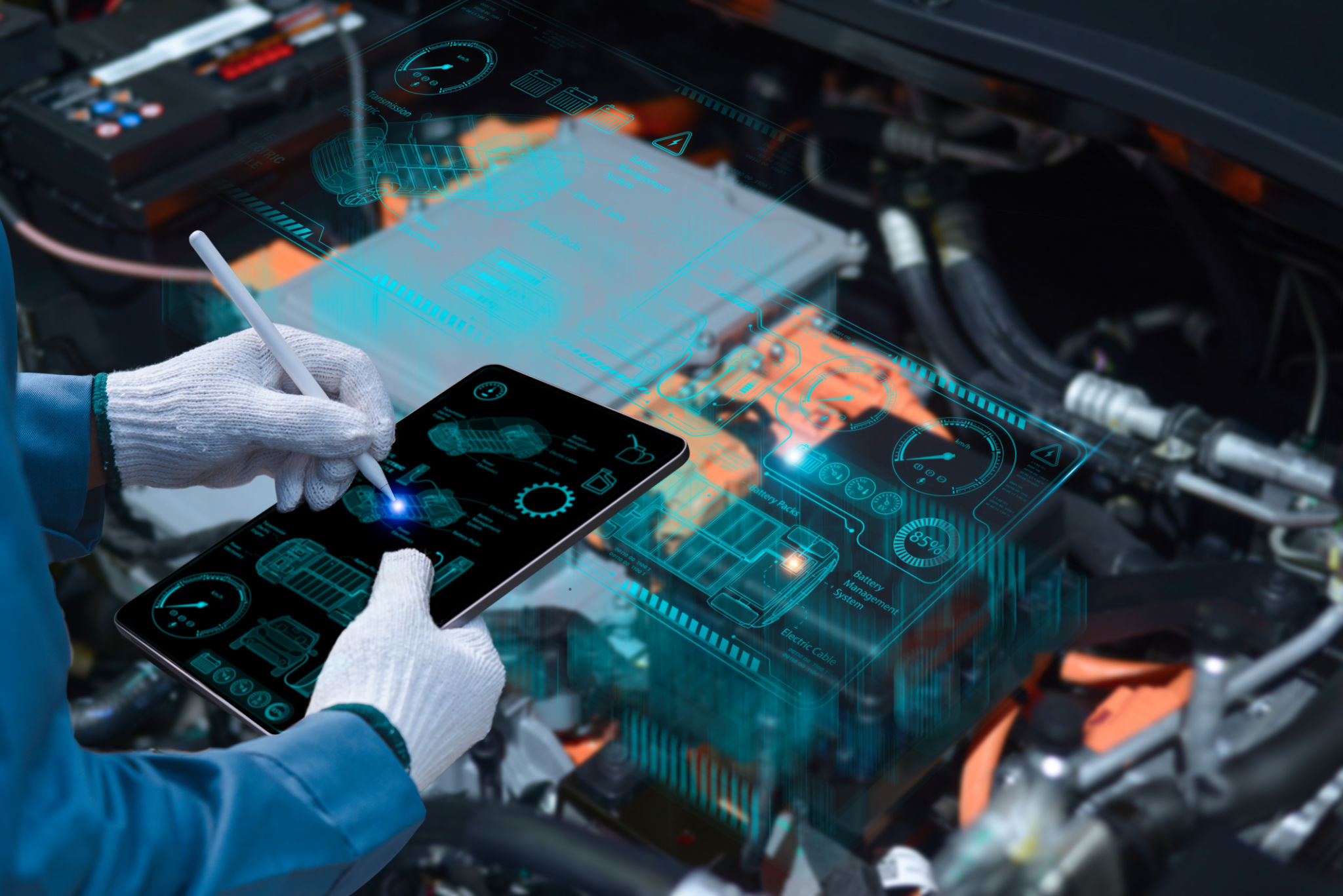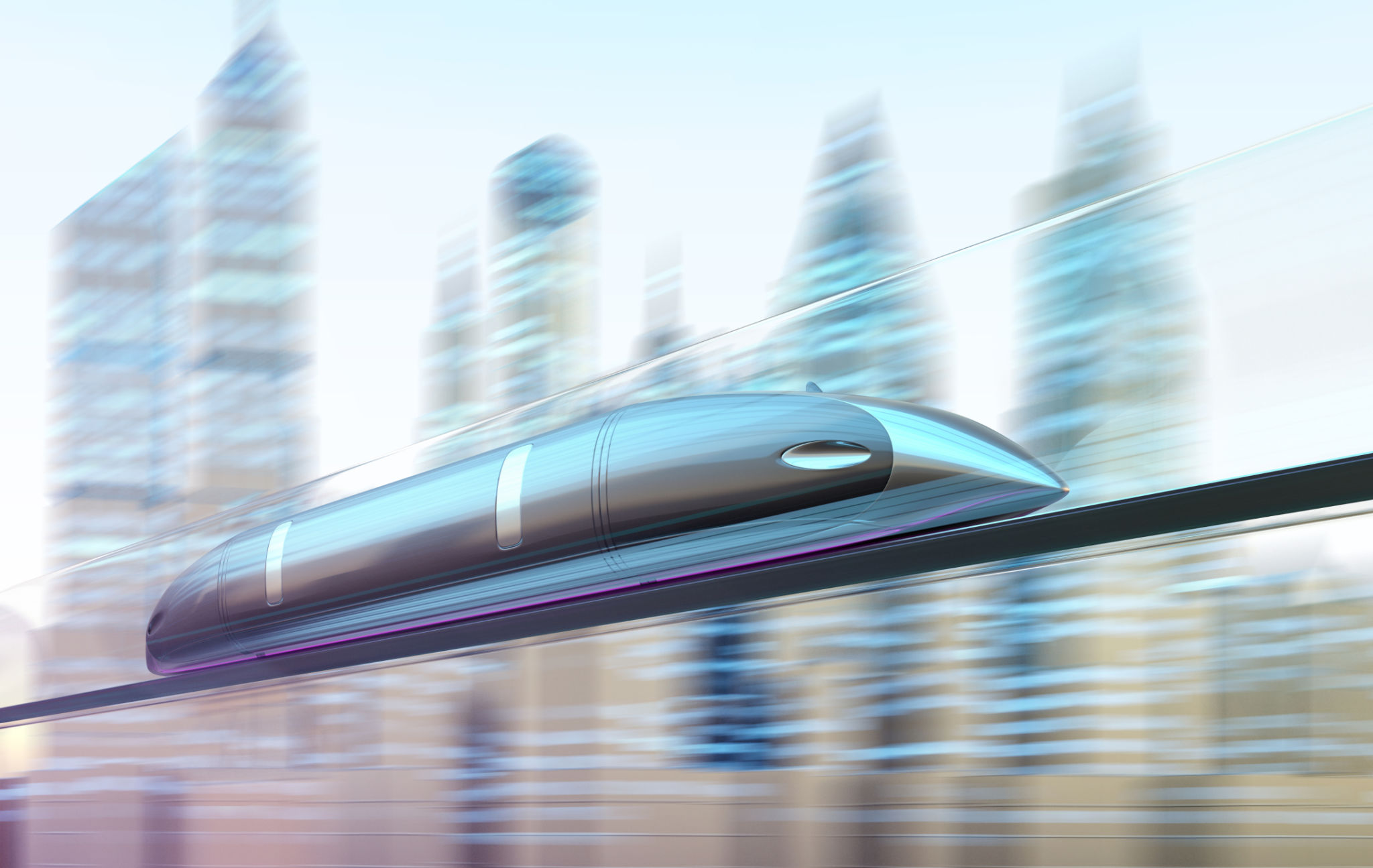Trend Analysis: Innovative Transportation Solutions Shaping the Future
The Rise of Electric Vehicles
The transportation sector is undergoing a revolutionary transformation with the rapid adoption of electric vehicles (EVs). These innovations are not only reducing emissions but also reshaping the future of mobility. Major automakers are embracing electric powertrains, investing heavily in research and development to extend battery life and enhance charging infrastructure. As a result, EVs are becoming more accessible to the average consumer, paving the way for a more sustainable future.

Governments worldwide are incentivizing the shift to EVs through subsidies and tax credits, further accelerating their adoption. This commitment to greener transportation solutions is reflected in policies aimed at phasing out traditional internal combustion engines within the next few decades. The push for cleaner air and reduced carbon footprints is a driving force behind these changes, as cities strive to meet ambitious environmental targets.
Autonomous Vehicles: The Future of Driving
Another groundbreaking innovation in transportation is the development of autonomous vehicles. Companies like Tesla, Waymo, and Uber are at the forefront of this technology, testing self-driving cars on roads across the globe. These vehicles promise to revolutionize the way we commute by offering enhanced safety features, reducing human error, and potentially decreasing traffic congestion.
While fully autonomous vehicles may still be a few years away from widespread adoption, semi-autonomous systems are already available in many high-end models. These systems assist with tasks such as lane-keeping, adaptive cruise control, and parking, providing a glimpse into the convenience and safety benefits of autonomous driving technology.

Innovations in Public Transportation
Public transportation is also evolving with innovative solutions aimed at improving efficiency and sustainability. Cities are investing in electric buses and trains to reduce emissions and provide cleaner transit options for commuters. Moreover, smart technologies are being integrated into public transportation systems to enhance user experiences through real-time tracking and mobile payment solutions.
One exciting development is the rise of micro-mobility options like e-scooters and bike-sharing programs. These solutions offer convenient, eco-friendly ways to navigate urban environments, reducing reliance on personal vehicles and alleviating traffic congestion. As cities continue to grow, these flexible transportation methods are becoming increasingly important for short-distance travel.
The Role of Hyperloop Technology
Hyperloop technology represents a futuristic mode of transportation that could significantly reduce travel times between major cities. This high-speed system uses magnetic levitation to propel pods through low-pressure tubes at incredible speeds. While still in the development phase, companies like Virgin Hyperloop are making strides towards bringing this visionary concept to reality.

The potential benefits of hyperloop technology are immense, including decreased travel times, reduced environmental impact, and enhanced connectivity between urban centers. Although there are technical and regulatory challenges to overcome, the prospect of hyperloop travel remains an exciting possibility for the future of transportation.
The Impact of Urban Air Mobility
Urban air mobility (UAM) is another innovative solution gaining traction as cities seek to alleviate traffic congestion and provide new avenues for travel. Companies like Uber Elevate and Joby Aviation are developing electric vertical takeoff and landing (eVTOL) aircraft designed for short-distance urban flights. These flying vehicles offer a vision of a future where air taxis become a common sight in city skies.
As technology advances and regulatory frameworks evolve, urban air mobility could become a viable alternative for commuting, particularly in densely populated areas. The integration of UAM into existing transportation networks holds the potential to greatly enhance the efficiency and accessibility of urban transit systems.